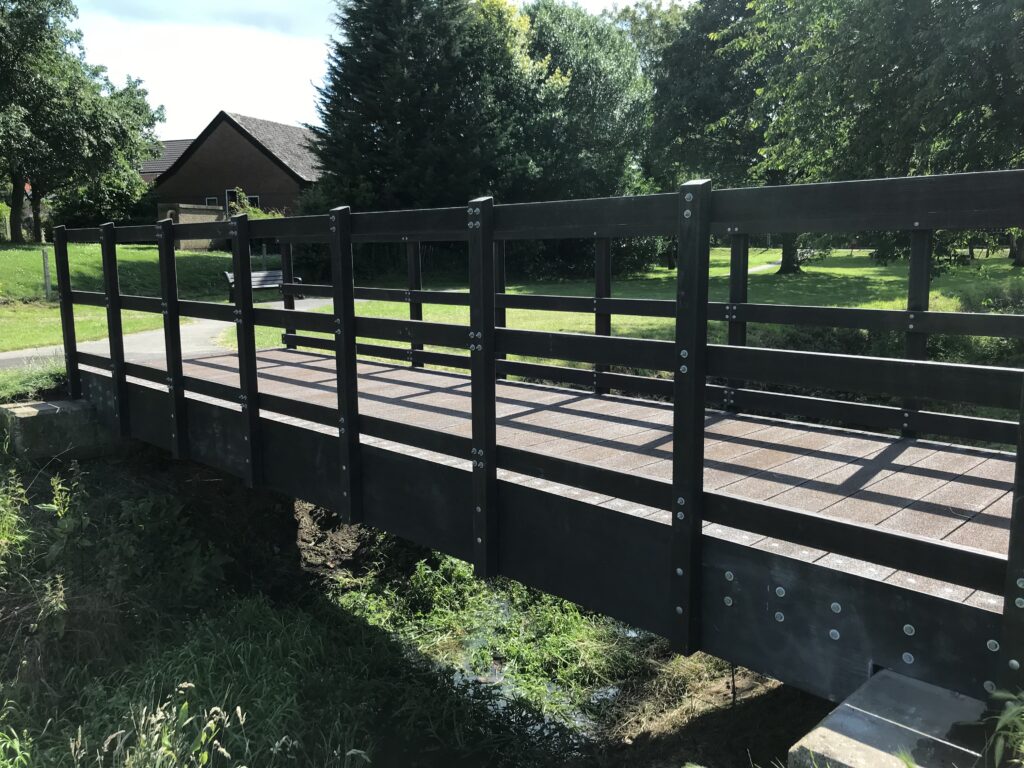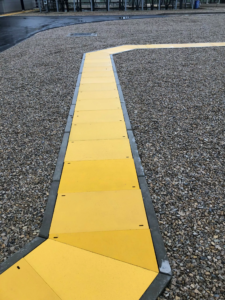Raw material shortages in sectors such as Timber and Steel are leading many supply chains to consider the benefits of using alternative materials, such as GRP.
Raw Materials Crisis:
Many raw material manufacturers slowed production in the first wave of the pandemic, leading to longer lead times and shortages for many materials. These shortages have only intensified, with a multitude of different factors now affecting the supply chain.
Disruption caused by the Covid-19 pandemic, combined with the shipping container availability crisis and increased global demand has led to a surge in prices and lengthy lead times. Extended periods of time spent at home have also led to an increase in DIY and home improvement projects, furthering the demand. The Construction Leadership Council have warned that problems could persist for the rest of 2021, with “little or no timber coming into the UK which has not already been pre-sold”. The volatility of steel prices also continues to be a cause of concern for many suppliers and customers alike.
With the crisis showing no signs of improvement soon, now could be the time to consider an alternative material to steel and timber, such as GRP.
GRP as an alternative to Steel and Timber:
GRP has a range of advantages. Firstly, it is a strong and durable material, able to withhold a high loading capacity. Unlike wood and steel, this strength is long lasting as it will not rot, rust or corrode as GRP is anti-corrosive. This gives the product a much longer life span, and means it is ideally suited to extreme weather and environments.
Secondly, GRP provides an anti-slip surface and gives a high PTV reading, indicating little to no slip potential. As well as satisfying safety, the versatility of GRP means that it can also be aesthetically pleasing. Available in a range of colours and finishes, GRP can be produced to blend in with whatever environment necessary. This means its uses range from bright yellow GRP used to highlight an exit route, to wood effect GRP footbridges, chosen to blend in with the natural environment. This design flexibility is a major benefit of GRP, and a reason why its widespread use is becoming more popular.
GRP is a competitive solution, like for like with other materials. However, it really comes into its own when taking into account the material’s long lifespan and little to no maintenance requirement. Finally, when compared to steel and timber, GRP is significantly lighter. Due to its lightweight characteristics, GRP is easy to install. This is particularly useful for remote locations and difficult to reach sites, saving both time and costs associated with needing heavy lifting equipment and associated personnel.


